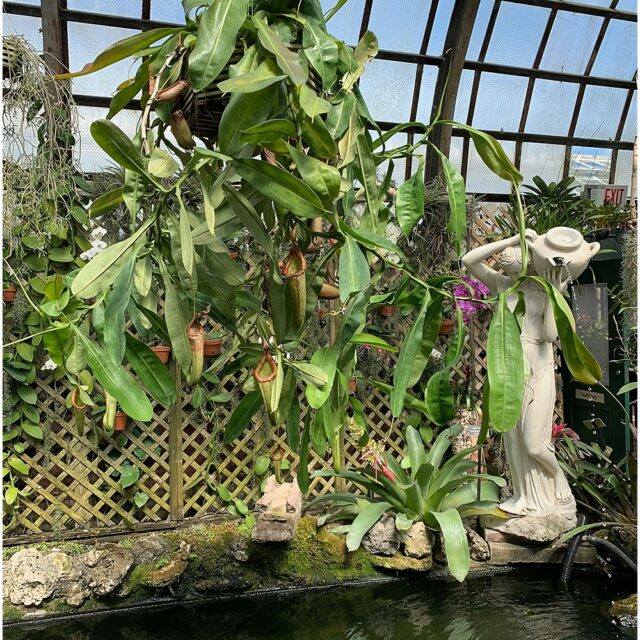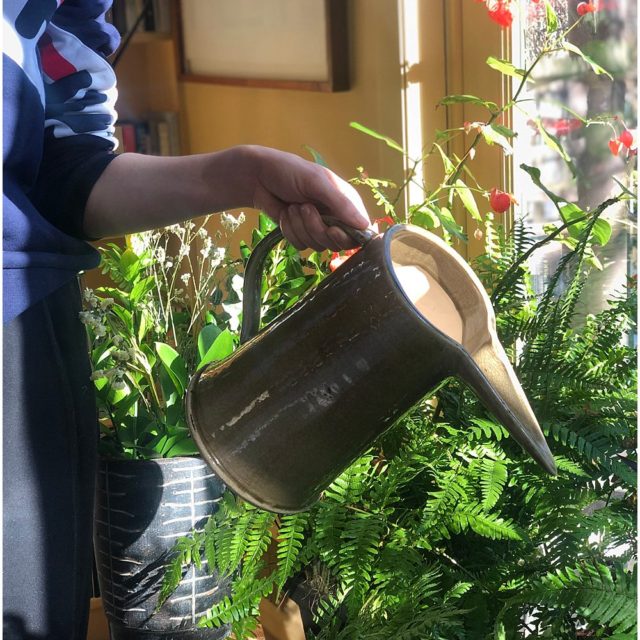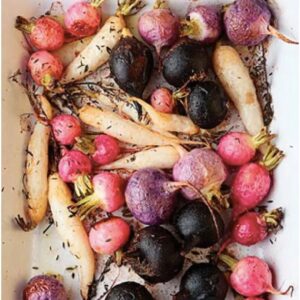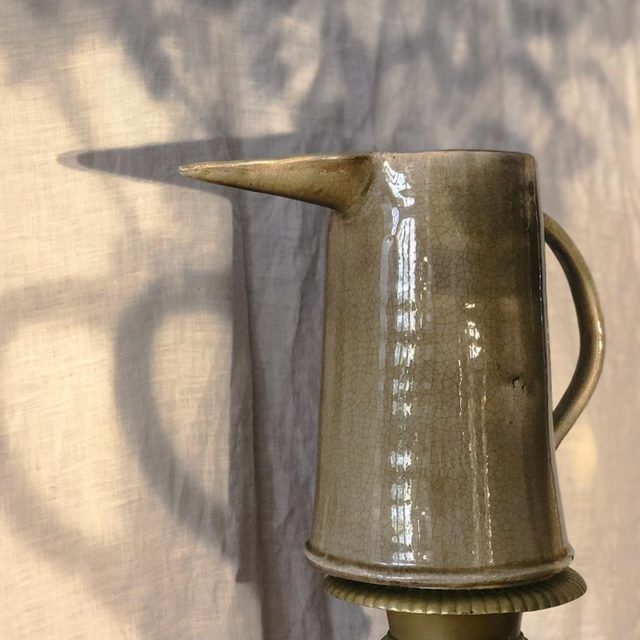Starting Your Apartment Herb Garden

There’s something magical about watching plants spring to life—I trekked it over to Lincoln Park Conservatory last weekend just to sit in the fern room and feel that bright green energy, and the comforting humidity of all those blooms coming into existence.
For those of us who love to cook, eat, and dine, there is a world of opportunity with indoor gardening. Starting your own apartment herb garden is an opportunity to grow the delicious herbs you crave, and enjoy the beauty of natural greenery in your own home.
Starting your own garden can feel a little daunting but the hardest part – like anything – is just getting started. We’ve done a bit of research on the best herbs for urban apartment gardeners (who are working with little windowsills, small amounts of sunlight and space, and smaller budgets).
Step #1 - Start small.
Starting your own indoor garden doesn’t have to require herculean efforts. In fact, it’s smarter to start with a small collection of plants that you know and love, tend to those with care, and then build out your roster.
For the avid home cook, we recommend starting with about three of the options below. These are all lovely herbs which come in handy for everyday cooking, and will smell delicious as they take shape in your home:
Mint, Parsley, Basil, Cilantro, Thyme, Oregano, Kaffir lime, Rosemary, Dill, Lavender, Lemon balm.
This guide from Organic Authority is a great blueprint for your herbs, how much sunlight to provide, and how to pot and care for your plants.
Step #2 - Prep your space.
Whether you have an airy loft or teeny little apartment, the important thing is carving out maximal sunlight for your herbs. Make a sacred space near your windows where they will get optimal light.
Six hours of sun daily is the recommended amount. And try now to crowd your plants – they need to grow individually, by soaking up as much sun as they can with room to grow.
Step #3 - Make sure you use quality soil and don’t overwater.
Invest in quality soil, preferably organic. Low quality soil could mean unwanted bugs and pests, and means a lower quality bloom. And water the soil, not the leaves. If your blooms start turning yellow, you’ve rounded the bend and are watering too much.
Step #4 - Once you’ve got some leaves, get to cooking and cocktail-ing.
We’re packing it up and heading to Home Depot to get cracking on our garden, and picking up an EC@Home watering can (because style is central to any green thumb).
See you with baseball caps and gardening gloves on.














